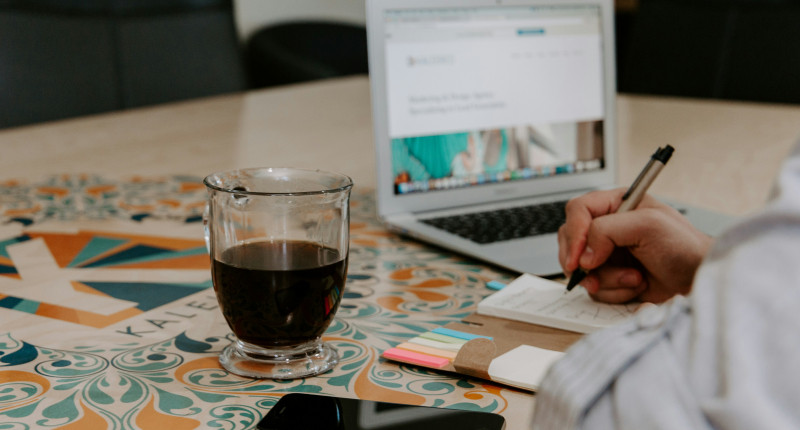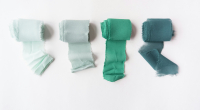Remember diligence grades? The teacher feedback that comes alongside the dreadful termly milestone grades. There always seems to be a clear divide in the Record of Learning section, with most students getting either Outstanding or Satisfactory. Sometimes, it almost seems like a student needs the holy grail of neat, colourful aesthetic notes like those on Pinterest you find after scrolling for five minutes in order to achieve an Outstanding.
But to what extent is this Record of Learning actually correlated to learning at one’s best?
- Before we even dive into note-taking, let’s look into how we learn. This process can be broken into:Consuming the information
- Understanding and organising the information and therefore, retaining it in the memory
- Writing notes in such a way that one does not get overloaded with information
Reading a textbook or watching a video are excellent examples of consuming information – you need to understand the words or audio on a literal level before you can go on and store it effectively in your memory.
But just because you read something that doesn’t mean it will be retained in your memory – how many times have you reread your notes just to forget it minutes later? Taking out bite-sized chunks that can easily be processed is the next key step as significant connections are key to understanding and encoding information.
Lastly, there is the actual note-taking, done concisely to make information digestible.
Now where does this criteria expose the shortcomings of pretty notes?
Firstly, the aesthetic nature of pretty notes places far too large of an emphasis on the fact that it, well, looks nice. Often, this demands note-taking to become rather pedantic and leaves little room for students to make errors. While you might end up getting a neatly structured and organised set of notes, this comes at the cost of not being able to explore or rearrange ideas.
Learning is inherently a messy process – it is natural for students to not always get things the first time and to not realise connections exist until later on. This can easily be fixed by creating those connections on a page through simple additions like arrows or crossing out to better chunk information. However, with pretty notes, doing so defeats its whole purpose, inhibiting this natural process by discouraging revisions or additions in the name of aesthetics.
In addition to the compromised learning that comes with pretty notes, learners also have to spend additional time on making the notes actually look aesthetic.
Beautiful cursive headings, highlighting, colouring, tables and hand-drawn diagrams that look terrifyingly similar to textbook models. These components are all commonly found in pretty notes but unfortunately, time is a scarce resource and how much time is spent on these components can easily add up.
As a learner, it is important to question, to what extent is this necessary? Would highlighting a big heading really make a difference? Does a diagram really require extensive colouring to make it look like the textbook?
While these components can create organisation and visual aesthetics, this is also the pitfall with pretty notes- they come at the opportunity cost of hours that could have been spent on something more productive. For example, a learner can dedicate the time saved by actively recalling content through means like flashcards while spending a mere fraction of the original time on structuring notes through more efficient means like standard outlining, Cornell notes or mind-mapping.
Furthermore, aesthetic notes can easily give the illusion of learning. After all, the goal itself is far too focused on making it look “pretty”. This sounds fine on paper (pun not intended), as it provides learners with organisation and clean-looking notes, but cognitively, there is a lot of room for inefficiency.
As an example, a student could be taking aesthetic notes while having TikTok / YouTube playing in the background, which hinders the processing of information as the brain now multitasks. Because of the significant weightage placed on aesthetics when it comes to pretty notes, the primary goal is easily shifted to simply making the notes look nice as opposed to making an effort to create connections to understand the information that other methods of note-taking demand (eg. mind-mapping) which leaves learners prone to suffering from the illusion of learning.
All things said and done, are pretty notes even worth considering? While pretty notes are critiqued quite heavily throughout this article, the answer is not black and white.
In a lecture or class, the goal of note-taking should be to prevent a learner from getting lost and to have the key takeaways from class to look back on. As heavily as pretty notes have been criticised, they can be used in conjunction with standard notes as a method to clean up information jotted down in class for revision. Of course, keep in mind that there is still a need for creating connections between content and not placing too much focus on making notes pretty.
12th April, 2024
Written by Aaron Huang, edited by Amelia Hu
Photo by Kaleidico on Unsplash









